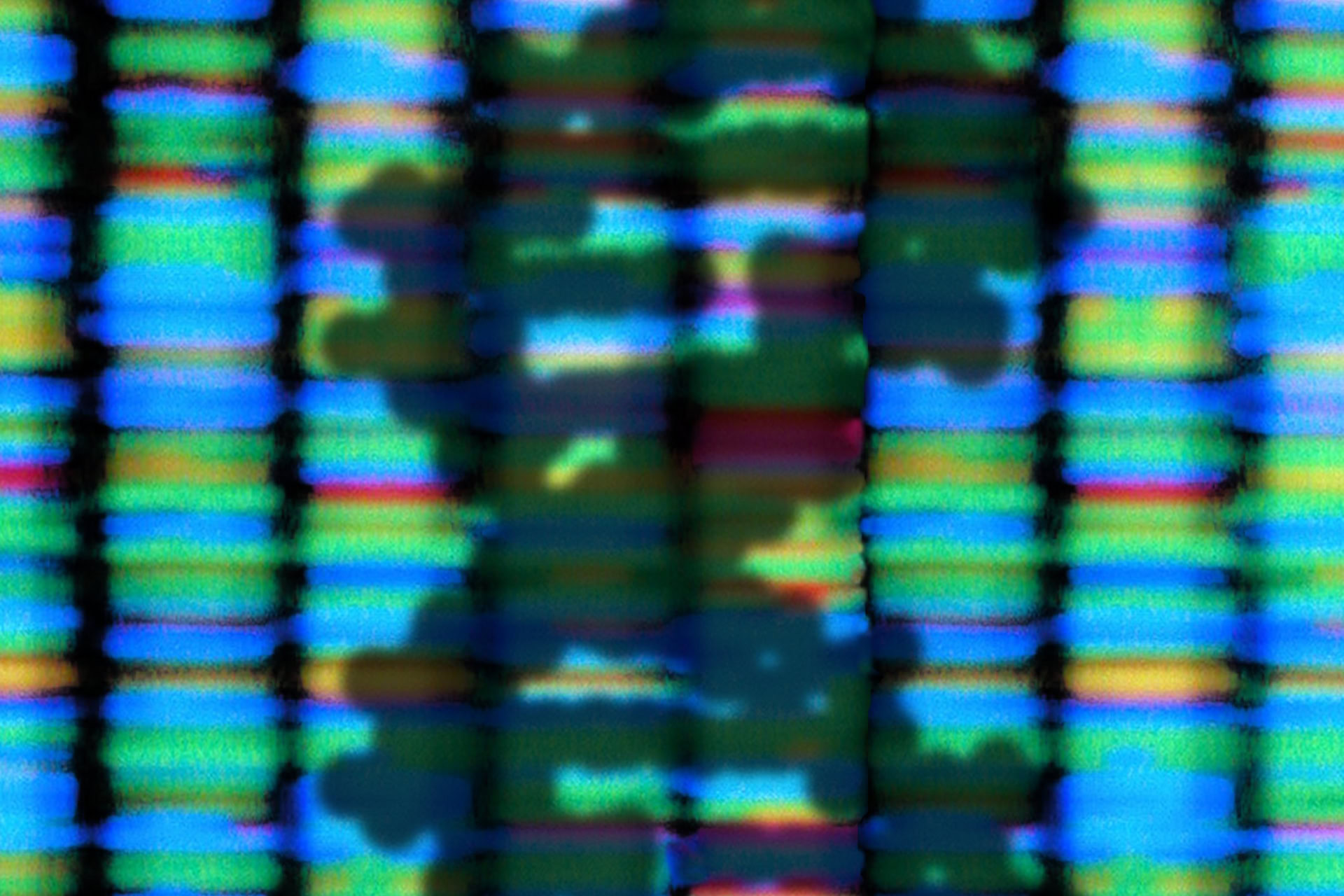The holy grail of prenatal diagnosis has been the identification of chromosome and single gene abnormalities through maternal blood sampling. This would allow safe accurate prenatal diagnosis, requiring much lower operator skills, and automation is potentially possible, making it cost-effective. In contrast, standard prenatal screening involves ultrasound and biochemical risk assessment followed by invasive prenatal diagnosis by CVS ( (chorionic villus sampling)), amniocentesis or fetal blood sampling - all requiring clinical expertise to perform and a variable risk of fetal loss.
For decades, attempts to identify intact fetal cells in the maternal circulation have been unsuccessful - too few cells were present, and the few that were identified could remain in the circulation for years. Cell-free DNA is also present in the circulation and probably arises from apoptosis (controlled cell death) of cells. Fetal DNA (ffDNA) arises from dying trophoblast cells and comprises 3-6 per cent of the total cell free DNA in the maternal circulation. FfDNA was first demonstrated in the maternal circulation in 1997, it consists of short fragments of DNA, not whole chromosomes. It can be first identified from the fourth week of gestation and increases throughout pregnancy. It is rapidly cleared from the maternal circulation after delivery and is undetectable by two hours. DNA is normally transcribed in to RNAand cell free RNA (ffRNA) also circulates in the maternal circulation. It is more stable than other forms of RNA. Only genes that are being transcribed will produce RNA and therefore identification of free fetal against free maternal RNA may be possible through differential expression patterns (i.e. different patterns of maternal and fetal gene activity).
Identification of the ffDNA from the free maternal DNA is a major challenge. Fifty per cent of the genes in fetal DNA will be the same as in the maternal DNA, as they originate from the mother. Two clinical uses of ffDNA technologies are currently used frequently in the UK; rhesus typing and fetal sexing. Rhesus blood grouping of the fetus in rhesus negative mothers is used to try and prevent isoimmunisation of the fetus by using anti D antibodies in mothers carrying rhesus positive babies. Fetal sexing is offered to women who are either carriers of an X-linked disorder and who only need to have a CVS if they are carrying an at risk male, or women at a one in four risk of having an affected baby with congenital adrenal hyperplasia. In these pregnancies early maternal treatment with dexamethasone hopefully prevents the development of the distressing problem of clitoromegaly in affected girls.
However, the above two uses for ffDNA are only the very beginning for what is potentially possible with this technology. Screening for Down syndrome and other major trisomies (conditions caused by having three, rather than two copies of a particular chromosome) would transform prenatal diagnosis and screening. Diagnosis could be earlier and available to a much wider number of women. Single gene disorders can also be potentially identified using ffDNA. At present this is being studied in cases where the father is a carrier of an autosomal dominant disease - identification of the mutation has to be from ffDNA as the mother does not carry the mutation. If the father carries a different mutation in an autosomal recessive disease then this might also be possible to identify. Another potential use for ffDNA is where ultrasound abnormalities are identified and it may be possible to confirm a diagnosis using genetic tests and ffDNA. Examples of this include achondroplasia and thanatophoric dysplasia. In view of the limited volume of ffDNA available, it is only possible to look at specific well recognised mutations rather than screening a whole gene. FfRNA from genes that are only active in the placenta will allow wider applications of the technology, as there will be different patterns of gene activity from maternal ffRNA, and hence differentiating between the two should be easier.
Greater availability of risk free tests for prenatal diagnosis may sound ideal, but first it is necessary to confirm the reliability and accuracy of the test. Fetal sexing had an approximately four per cent error rate until recently. Fetal sexing can be confirmed using ultrasound at 16 weeks so the error can be rectified, but for tests with no ultrasound markers this will not be possible. In addition, not all women want prenatal diagnosis but all women have blood samples taken during pregnancy, so they may not realise what is being tested for and receive results that they are ill-prepared to receive. Biochemical screening has had some similar problems but as it is a screening test the woman then has a choice whether to proceed to a diagnostic test. Lastly there is the possibility of abusing the technology particularly for fetal sexing; this has happened in other modalities of prenatal diagnosis in both ultrasound and karyotyping. There is a possibility of ffDNA testing being available over the internet and therefore more difficult to control.
FfDNA technology thus has the potential to change the face of prenatal diagnosis, allowing safer and earlier diagnosis for a wide number of genetic diseases, and I look forward to these advances with anticipation and a degree of impatience.




Leave a Reply
You must be logged in to post a comment.